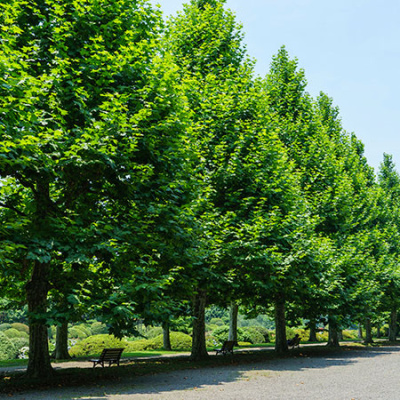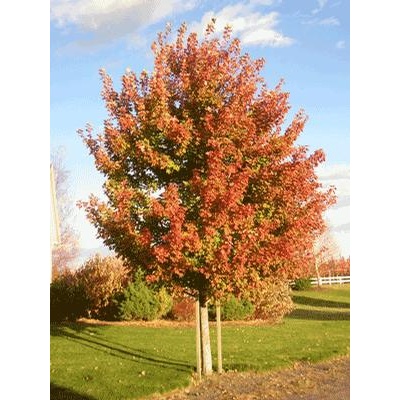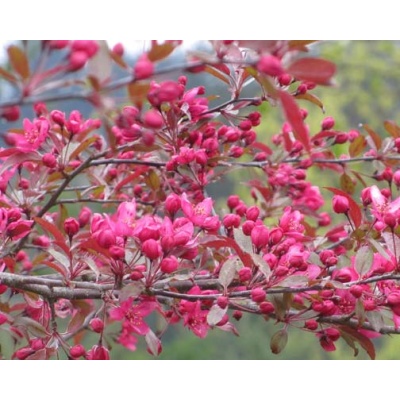Description
 American Sentry | Tilia American Sentry
American Sentry | Tilia American Sentry
Height: 40 feet
Spread: 20 feet
Sunlight: full sun
Hardiness Zone: 3a
Other Names: Basswood, American Linden
Description:
A stately tree with a narrow upright habit of growth for smaller yards and spaces, features tightly upright branching, leaves turn rich gold in fall; fast growing and vigorous, resistant to insect attacks
Ornamental Features
American Sentry Linden features subtle clusters of fragrant buttery yellow flowers with tan bracts hanging below the branches in early summer. It has dark green foliage throughout the season. The large heart-shaped leaves turn an outstanding gold in the fall. The fruit is not ornamentally significant.
Landscape Attributes
American Sentry Linden is a dense deciduous tree with a strong central leader and a narrowly upright and columnar growth habit. Its relatively coarse texture can be used to stand it apart from other landscape plants with finer foliage.
This is a high maintenance tree that will require regular care and upkeep, and usually looks its best without pruning, although it will tolerate pruning. It is a good choice for attracting bees to your yard. It has no significant negative characteristics.
American Sentry Linden is recommended for the following landscape applications;
Shade
Vertical Accent
Planting & Growing
American Sentry Linden will grow to be about 40 feet tall at maturity, with a spread of 20 feet. It has a high canopy with a typical clearance of 7 feet from the ground, and should not be planted underneath power lines. As it matures, the lower branches of this tree can be strategically removed to create a high enough canopy to support unobstructed human traffic underneath. It grows at a fast rate, and under ideal conditions can be expected to live for 70 years or more.
This tree should only be grown in full sunlight. It is very adaptable to both dry and moist locations, and should do just fine under average home landscape conditions. It is not particular as to soil type or pH. It is somewhat tolerant of urban pollution. This is a selection of a native North American species.




Reviews
There are no reviews yet.